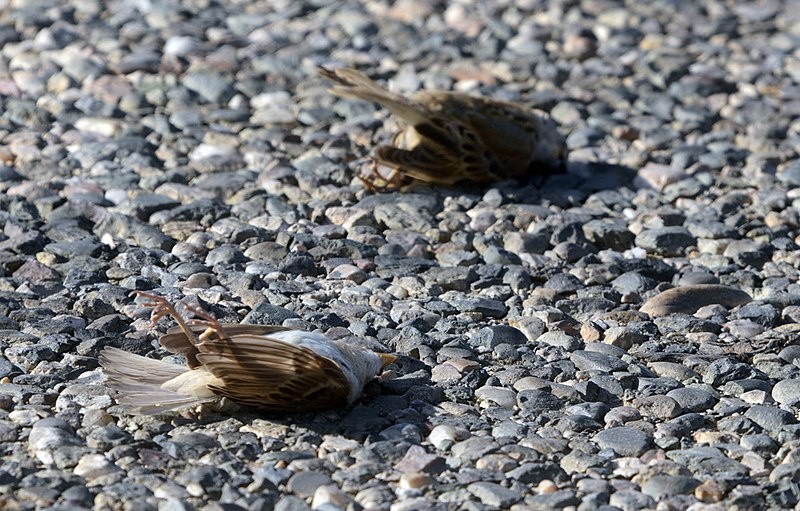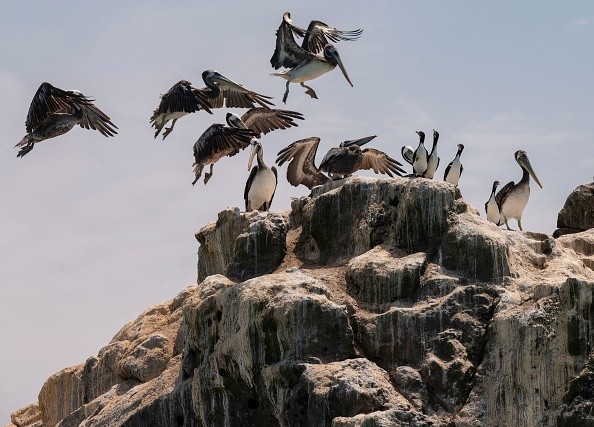Thousands of seabirds are dying in large numbers, either dead in their nests or washed up on shore.
Extreme heat, altered ocean currents, and worsening storms are all effects of the climate crisis, which is also having disastrous results on one of the most endangered bird species in the world.

Seabirds Dying
A breeding colony of Cape gannets in Lambert's Bay, South Africa, was blasted by a heatwave twenty years ago.
Seabird biologist David Grémillet watched in horror as dozens of birds collapsed.
Temperatures reached 40C (104F) due to an unseasonably hot wind, which was too high even for the heat-adapted birds.
According to Grémillet, a researcher at the National Centre for Scientific Research in Montpellier, France, they cooked in the heat while guarding their nests.
He entered the colony with his colleague, scooping up drowsy gannets and throwing them into the water to cool off.
Despite their frantic efforts, 100 birds perished in less than an hour.
According to Grémillet, "when a seabird adult dies, you're [also] losing all the young it could rear."
Extremely Terrible

For the first time, Grémillet saw how quickly birds could succumb to extreme temperatures thanks to the fainting gannets. There have been several related incidents throughout the past 20 years.
Thousands of seabirds at a time are being killed suddenly in large-scale die-offs in colonies around the world.
The 359 species of seabirds around the globe have evolved to live successfully throughout the oceans.
Seabirds are susceptible to environmental change due to their slow reproduction rates, restricted food, and propensity to congregate in open colonies.
Populations monitored globally experienced a 70% decline between 1950 and 2010. Seabirds that nest has decreased by 30% since 2001, alone in the UK.
One of the bird species that is currently facing the greatest threat worldwide is the group of seabirds.
Mass Die-Offs
Invasive species, overfishing, bycatch (fish caught in fishing gear), plastic pollution, oil spills, and decades of habitat loss have all reduced their populations.
However, mass die-offs are making an already dangerous situation worse. These deaths, unrelated to the recent and deadly avian flu outbreaks, have been attributed by experts to hot spells, shifting ocean currents, and storms.
Researchers are attempting to comprehend the losses and fear that already vulnerable seabirds are suffering a severe blow due to the apparent increase in the frequency of die-offs.
Grémillet claimed, "They're getting hit from all sides."
Horrific to See
Beginning in the summer of 2015, one of the worst mass extinctions occurred.
Common murres started inexplicably washing up in waves on the coasts of California and Alaska from the north Pacific.
A massive patrol effort found 62,000 beached murres, some of which were still in the latter stages of their deaths.
Julia Parrish, a marine scientist at the University of Washington, said, "That sort of fight, up close and personal, is horrific to see."
Related Article : Dead Giant Leatherback Turtle May Have Been Killed by Pollution
For the latest similar news, don't forget to follow Nature World News!
© 2025 NatureWorldNews.com All rights reserved. Do not reproduce without permission.





